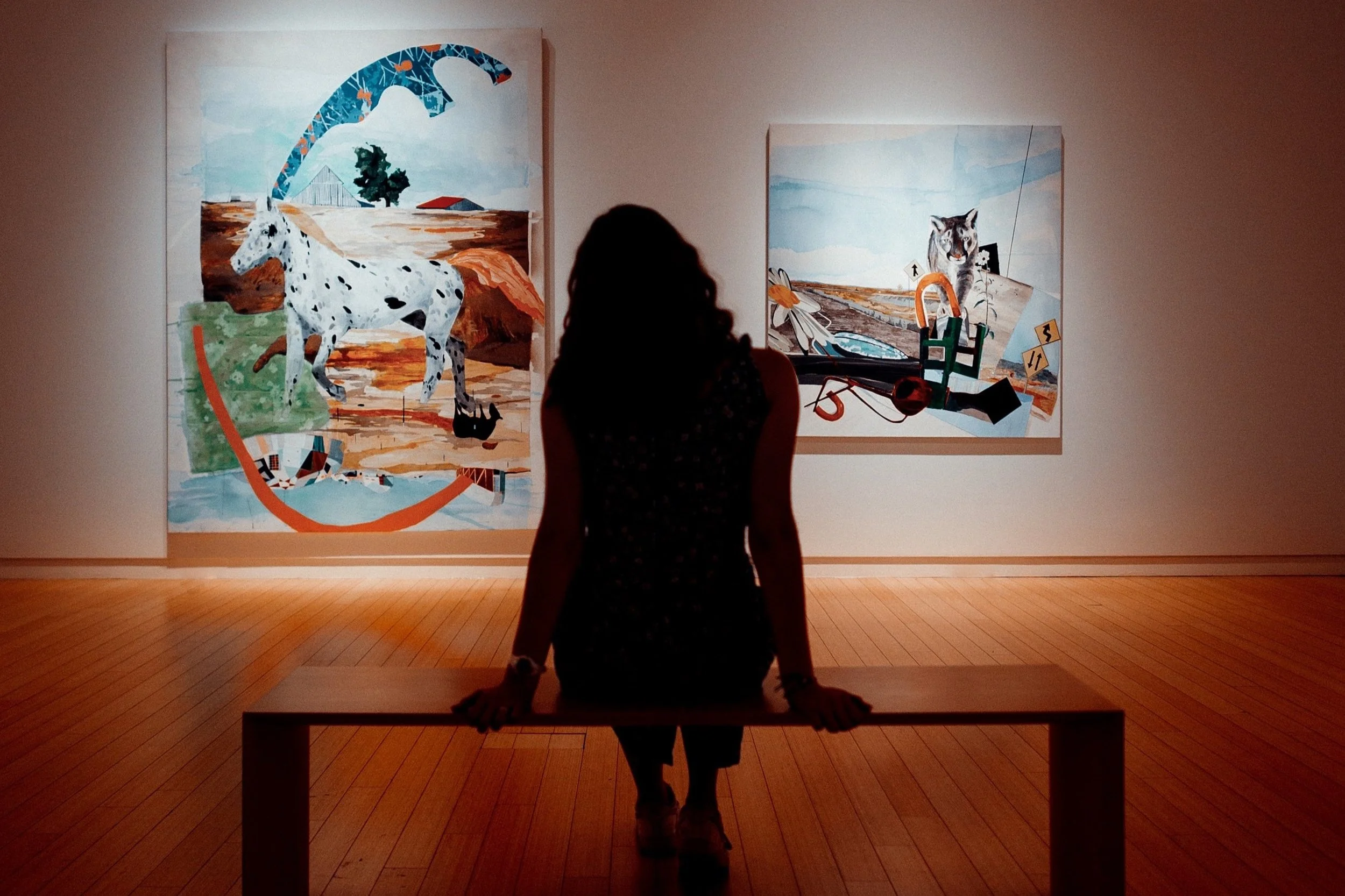The Freud Museum
Go here if: you ever wondered why we go to therapy.
What is it: The Hampstead home, now museum, of the founder of psychoanalysis Sigmund Freud and his daughter, pioneering child psychoanalyst, Anna.
What you need to know: Though Freud spent most of his life in his beloved Vienna, he was forced to flee to England ahead of the Second World War. He was to spend only one year in London before his death in 1939, but he brought to his new home an outstanding collection of over 2000 antiquities, objects, and books as well as his famous couch. These remain on display in the Queen Anne property; his treatment room and library veritably untouched. The Viennese apartment that he left behind was similarly transformed into a museum dedicated to Freud and recently underwent a four million Euro makeover, but here the driving theme, with its empty rooms, is one of absence and exile.
What they offer online and off: During closed times, you can still take a virtual tour of the museum, or attend a talk, event, or workshop such as one on the psychological effects of racism or another on attachment, desire, and chemical distractions. Also, a new podcast Freud in Focus, presented by Tom DeRose and Jamie Ruers, takes a close look at some of Freud’s texts.
Why we think it matters: Although much of Freud’s work has been contested, his impact on the way in which we continue to approach our mental health is enduring. The museum strives to keep his legacy relevant with a recent exhibition on melancholia that included UCL’s Psychoanalysis Unit and the current exhibition “1920/2020: Freud and Pandemic” makes connections between the current moment in which we’re living, and Freud’s own time when he published his seminal (and somewhat controversial) Beyond the Pleasure Principle and Other Writings and his own daughter Sophie died of the Spanish flu. The Museum has also commissioned contemporary artists such as Sophie Calle, Louise Bourgeois, and Mark Wallinger to create temporary pieces placed within the museum, giving Freud’s work, and that of his daughter Anna, new meanings.
In their own words: “The Freud Museum exists to promote the intellectual and cultural legacies of Sigmund and Anna Freud for the learning and enjoyment of all. While caring for the house and collections, we aim to highlight the relevance of Sigmund Freud, Anna Freud and psychoanalysis in the contemporary world.”
Something for now: Therapy curious? Explore podcasts, TV shows, and books that approach the practice of therapy in an open way. Therapy ready? We’ve pulled together some modern-day resources that are rethinking how we access the talking cure — now at some distance from Freud’s early treatments —and bring it into our modern lives.






